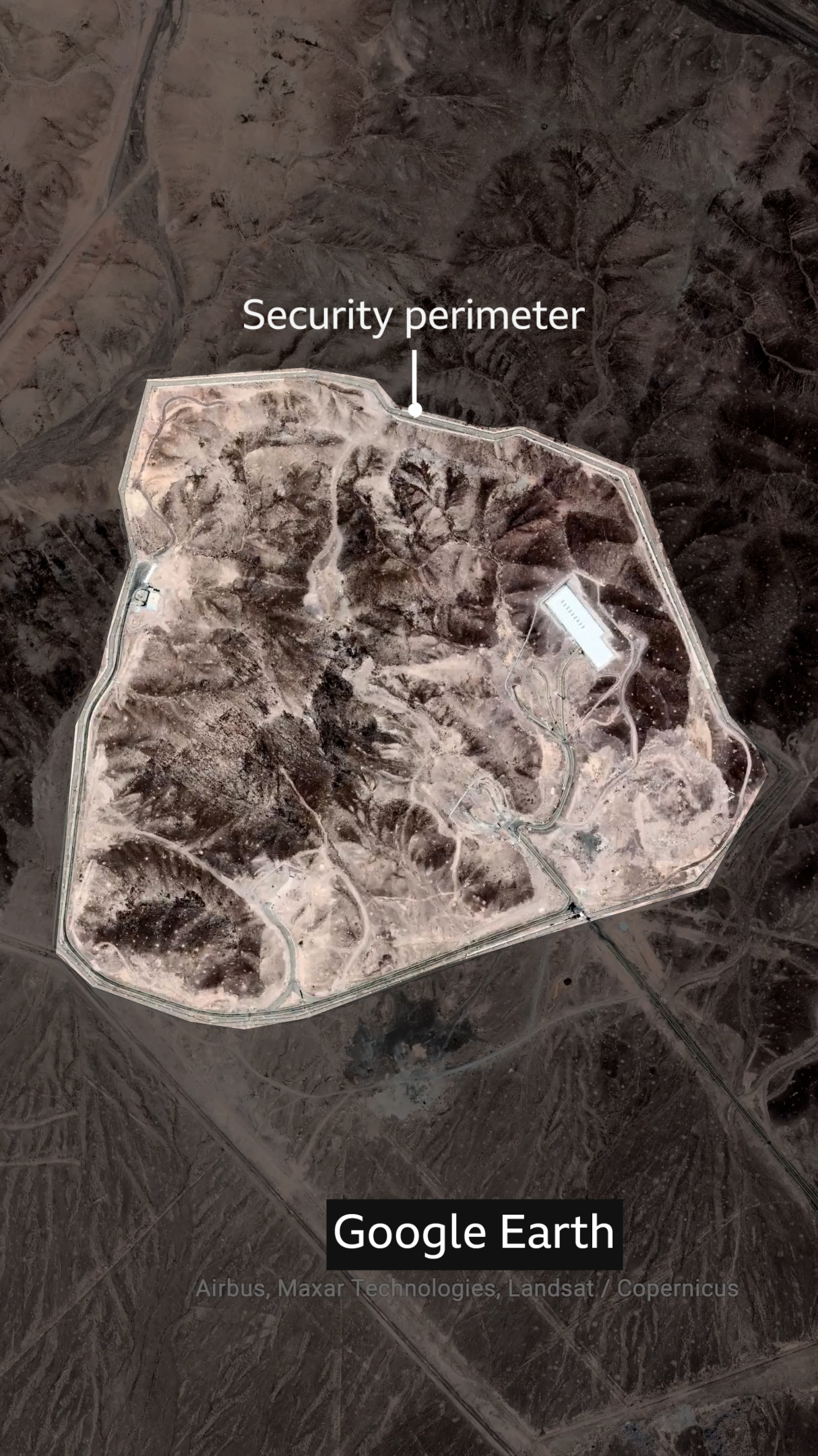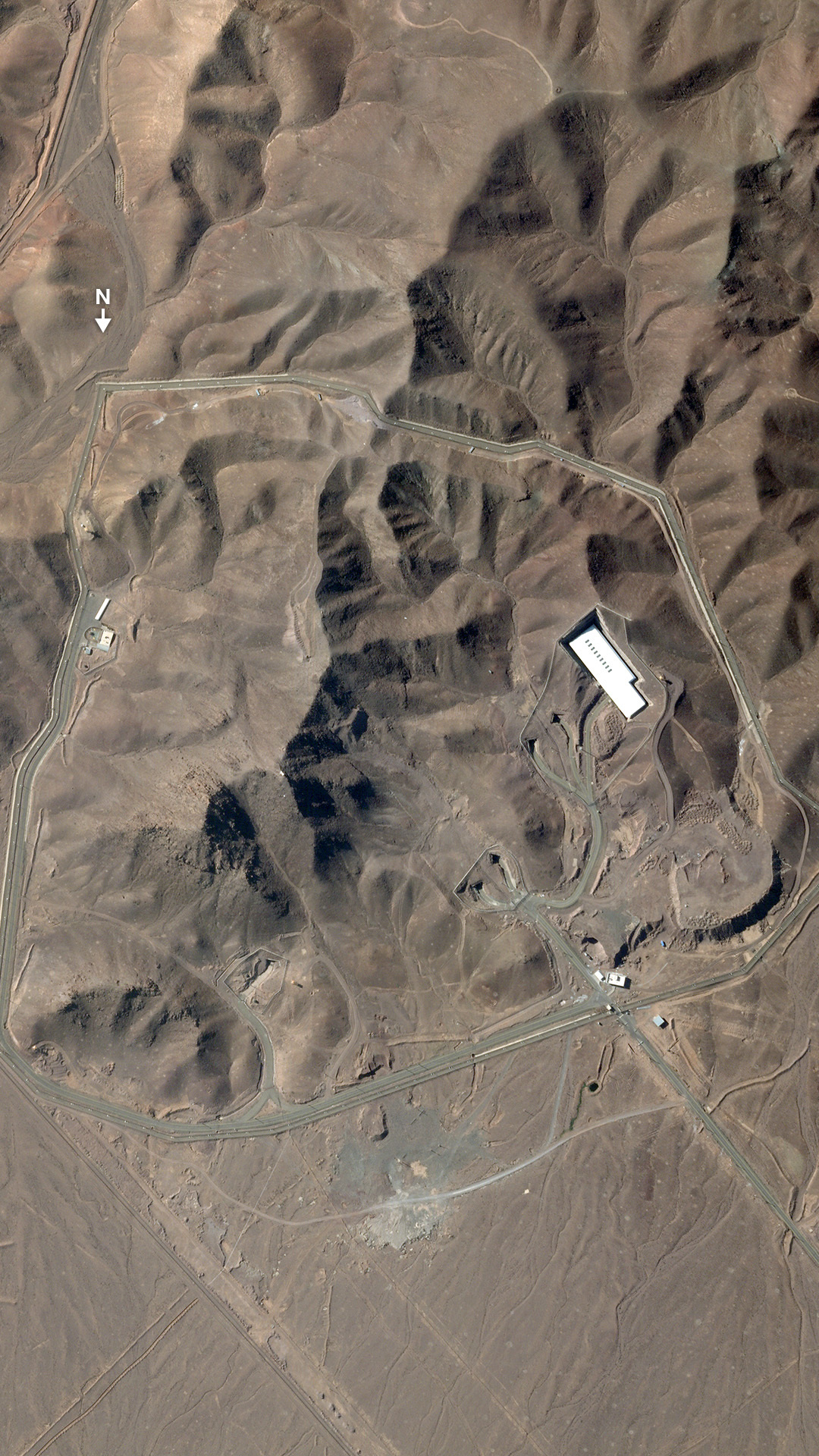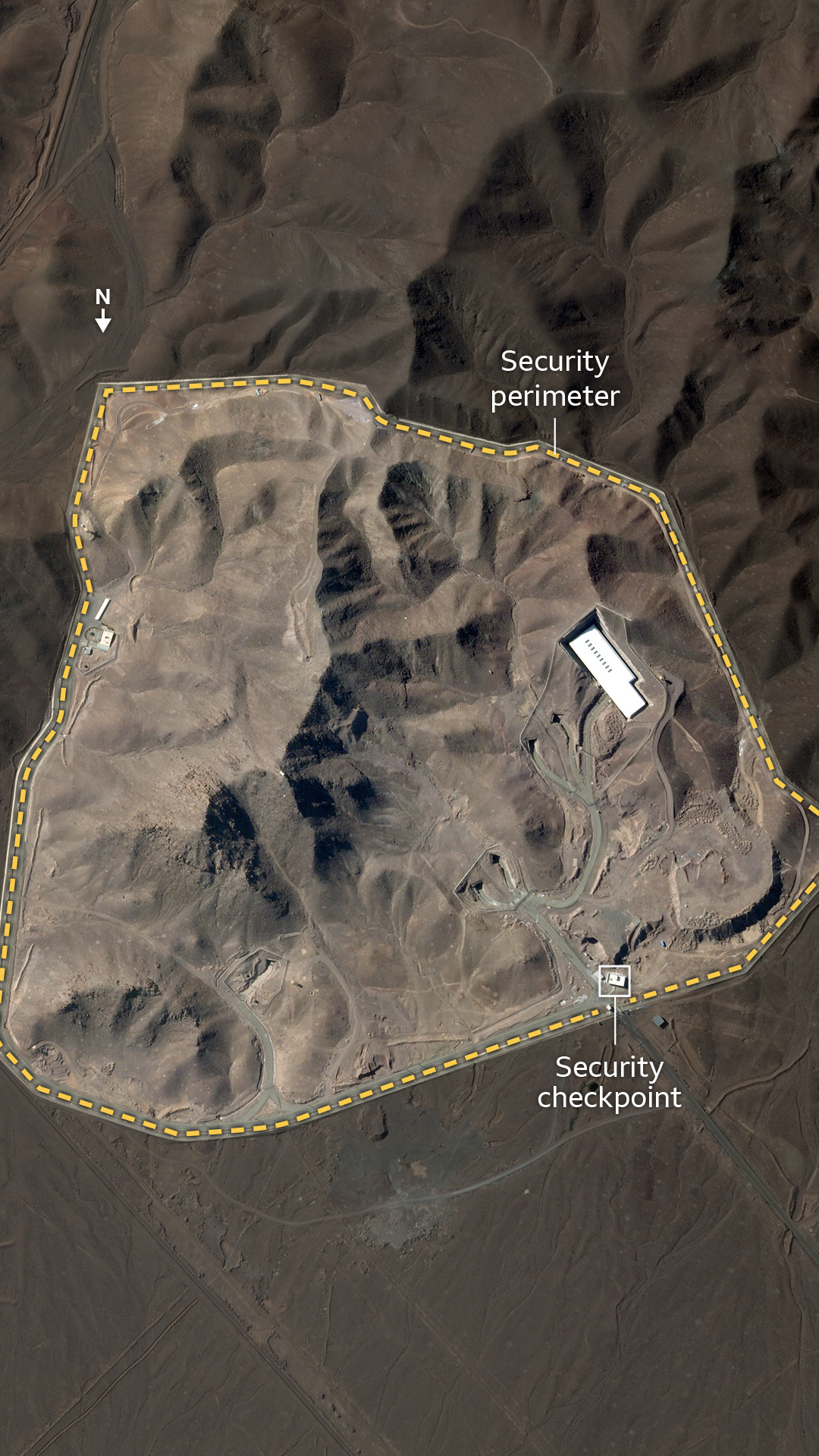
Iran’s secretive nuclear site that only a US bomb could hit
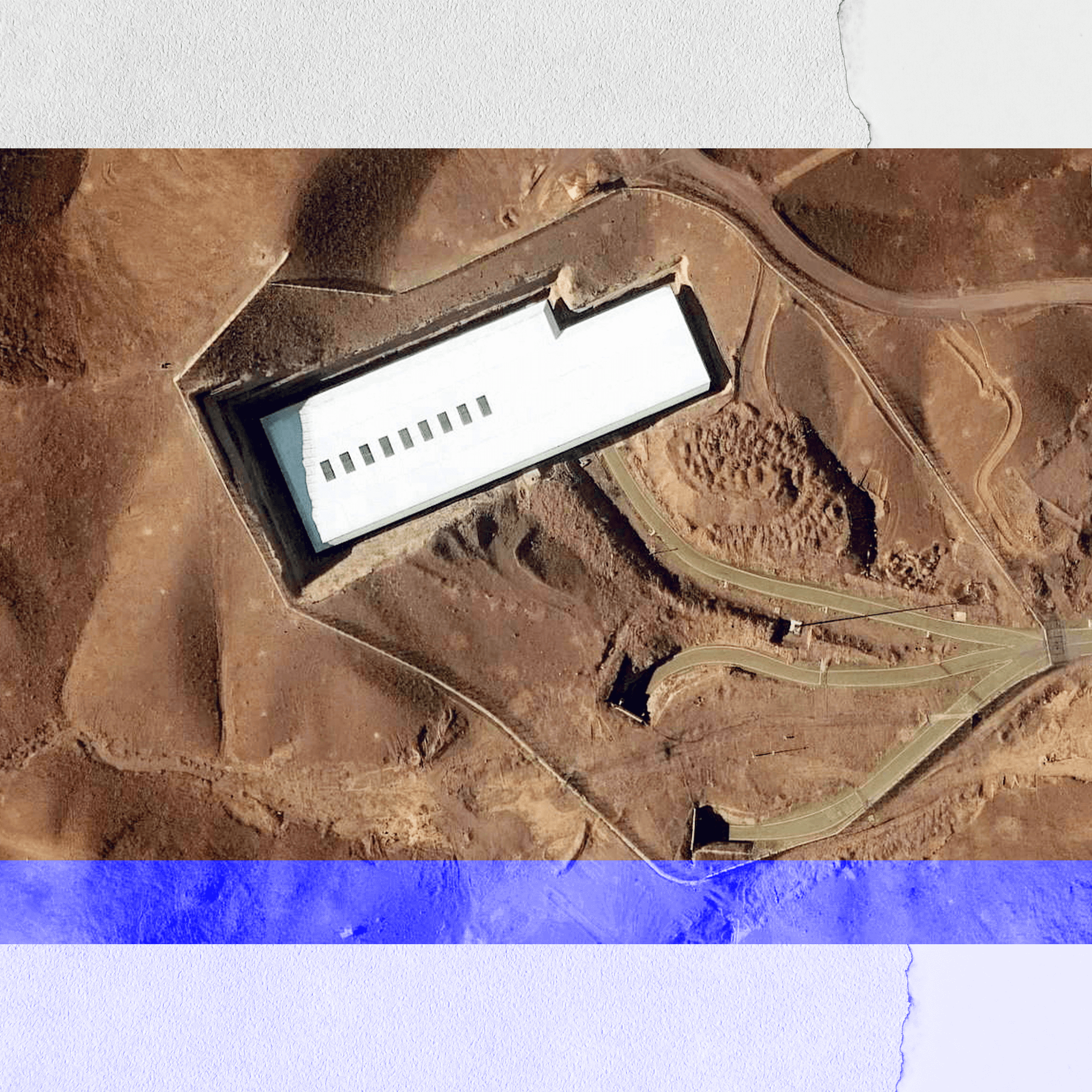
Hidden away in a mountainside south of Tehran is an enrichment plant that is vital to Iran’s nuclear ambitions - and Israel’s attempts to dismantle them.
Israel had achieved dominance over Iran’s skies, but the Fordo nuclear facility - believed to be deeper underground than the Channel Tunnel - remained out of reach of its weaponry.
The United States has now launched air strikes on Fordo, including the use of bunker-busting bombs powerful enough to target a site so far underground. The attack marks a dramatic escalation in the conflict and raises the stakes across the region.
We take a look at the secretive site, which Iran insists is for civilian purposes only but which Israel has long argued poses a threat to its very survival.
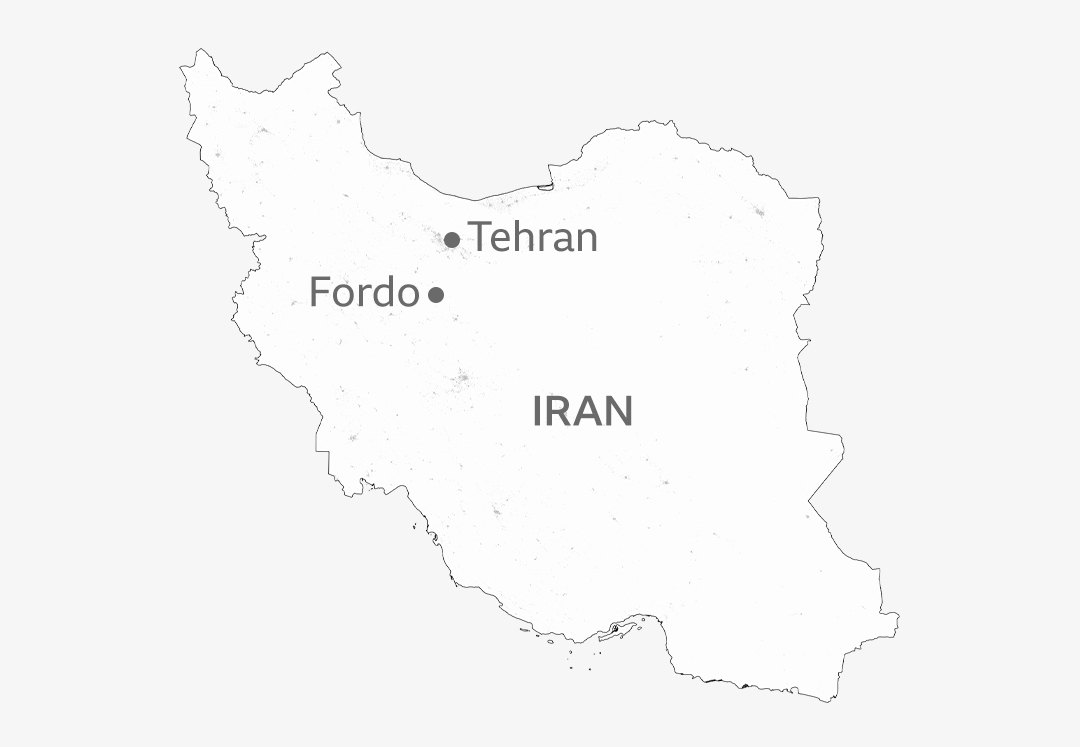
What is the Fordo enrichment site?
Situated about 60 miles (96km) south of the capital Tehran, the uranium enrichment site at Fordo is located in a mountainous region close to the city of Qom.
The complex at Fordo was originally a series of tunnels used by the country’s elite Islamic Revolutionary Guard Corps, but Iran acknowledged the existence of the enrichment plant in 2009 after it was revealed by Western intelligence agencies.
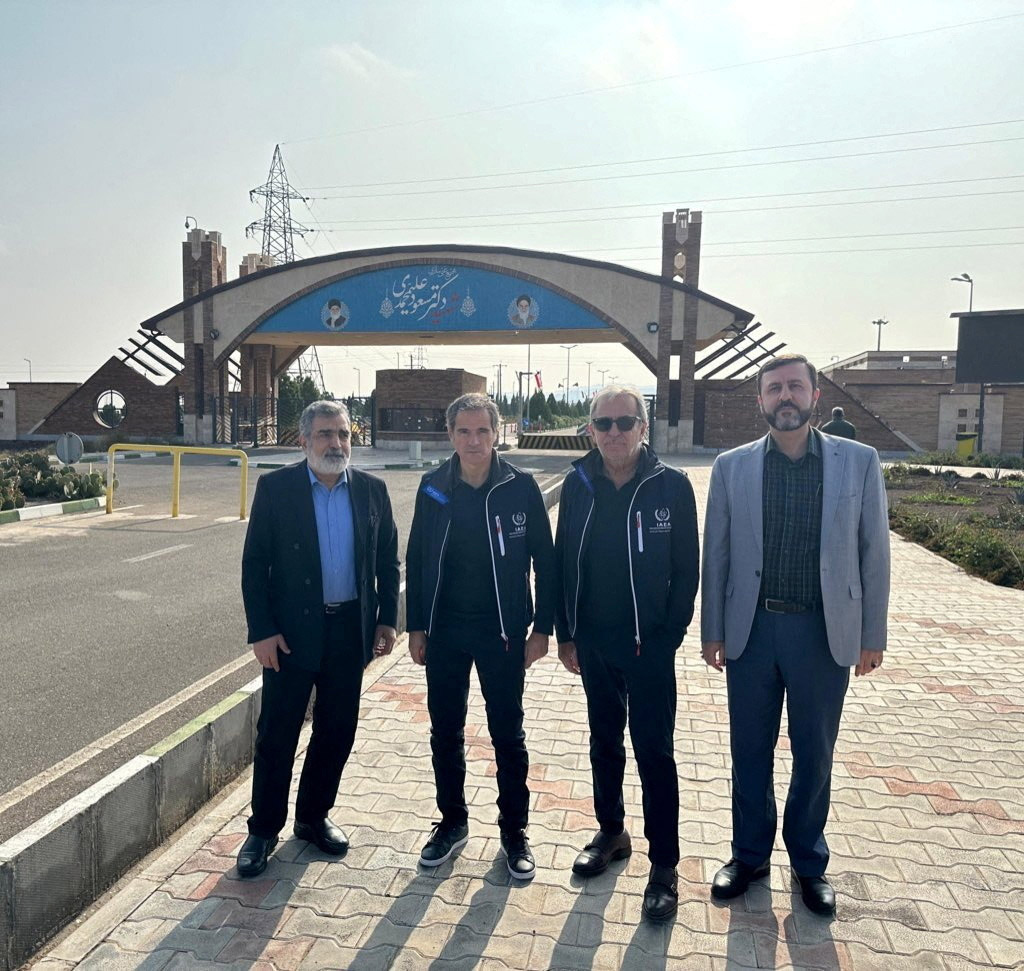
The underground facility is thought to consist of two main tunnels that house centrifuges used to enrich uranium, as well as a network of smaller tunnels.
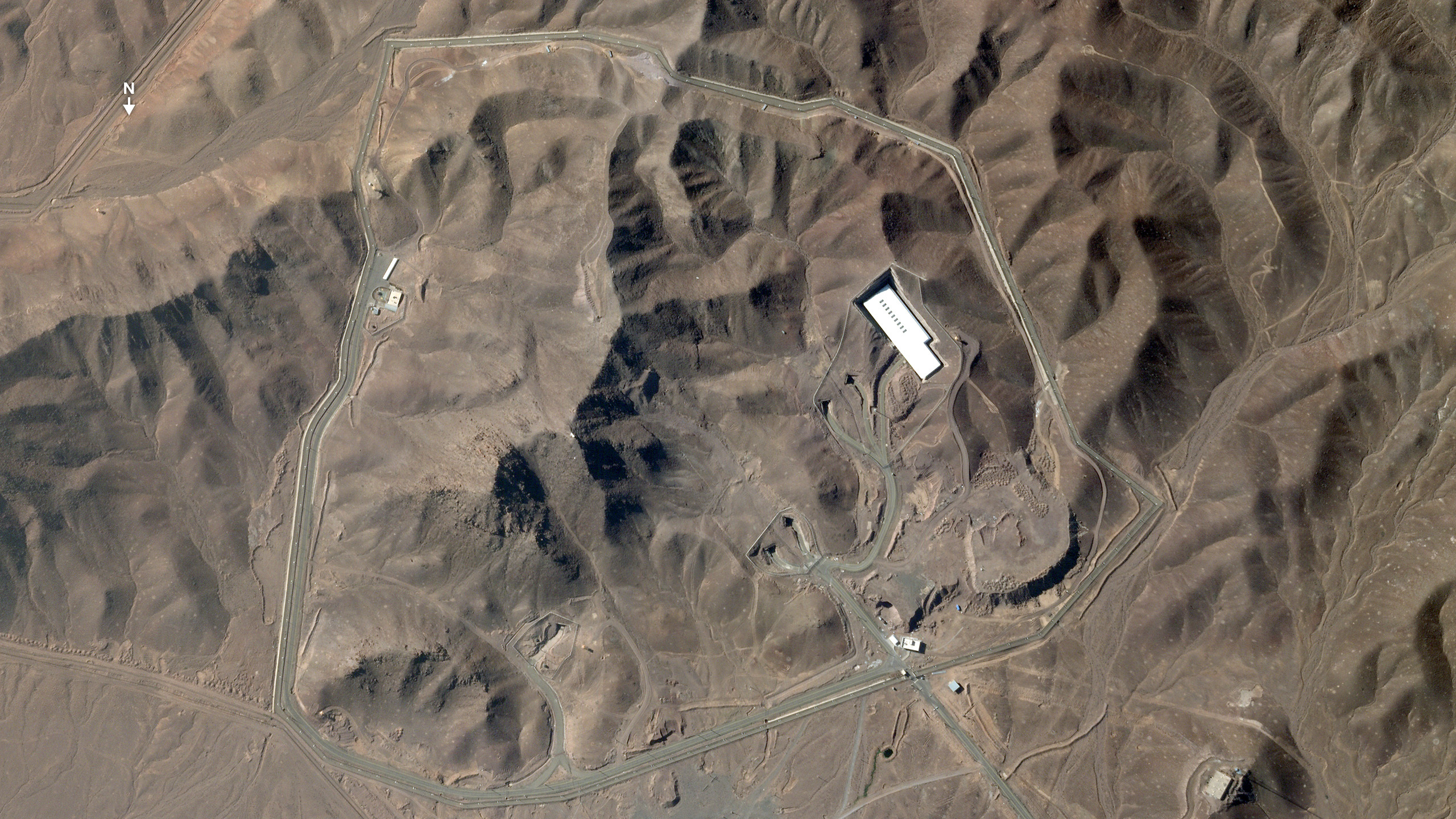
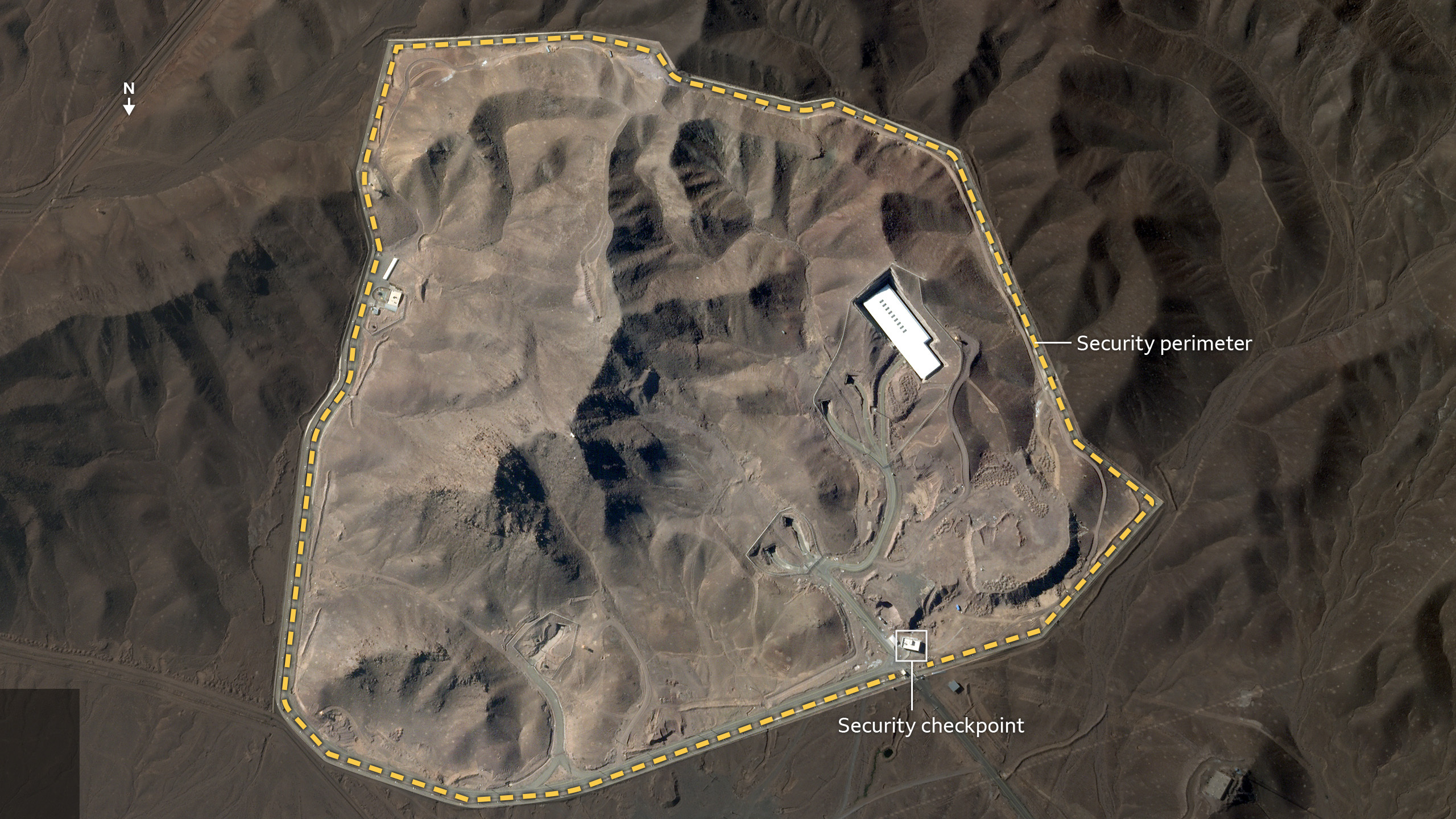
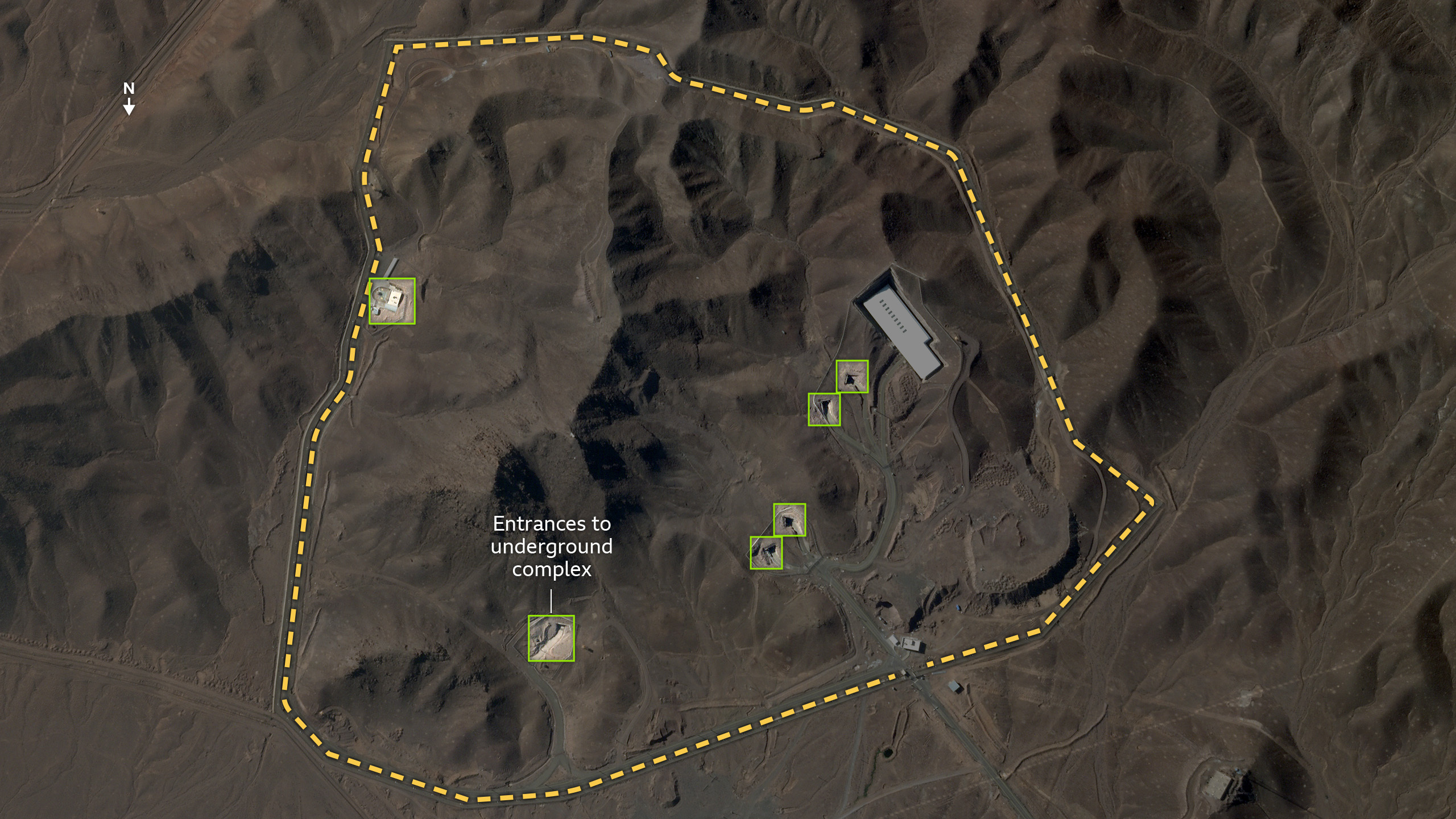
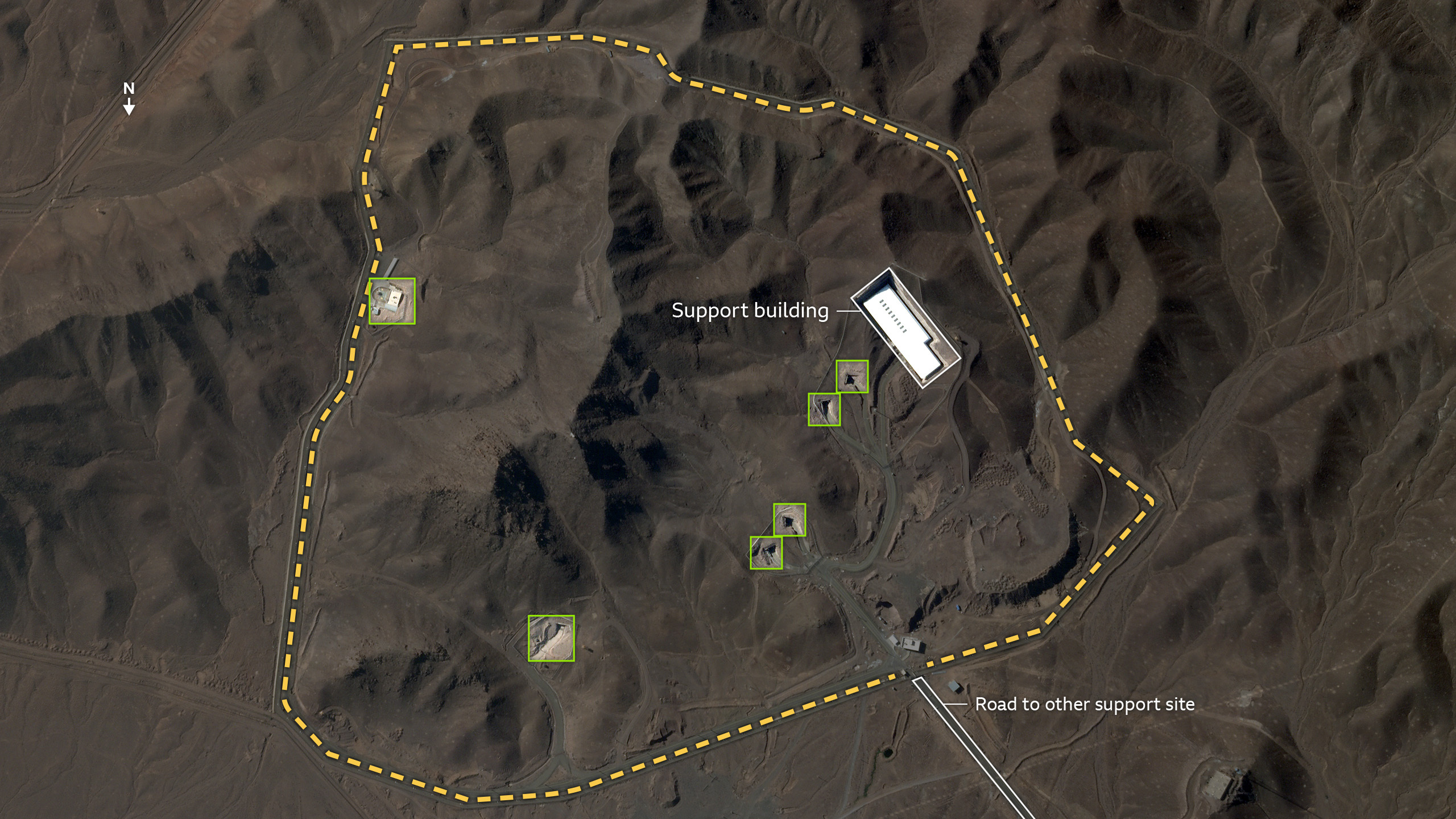
What types of bombs were used in the strikes?
The Fordo plant presented a unique challenge to the Israeli military because of the depth of its underground facilities.
To cause any meaningful damage to the site would need to be targeted by "bunker buster" munitions that are able to penetrate deep below the surface.
Israel is thought to have such weapons but they can only operate to a depth of less than 10m (33ft). The US, however, does have a more powerful bomb: the 13,000kg (30,000lb) GBU-57 Massive Ordnance Penetrator (MOP).
The MOP’s heavy casing and weight allows it to penetrate about 18m of concrete or 61m of earth before exploding, according to analysts at Janes, a defence intelligence company.

But even a strike with a single MOP was not guaranteed to destroy the Fordo site as the tunnels are thought to be 80-90m (262-295ft) below the surface. It was thought that several bombs would be needed to cause significant damage to the facility.
Fordo is much deeper than Iran’s other underground uranium enrichment site at Natanz, which analysts believe is about 20m (65ft) below the surface.
Vice-Admiral Mark Mellett, the former head of the Irish Defence Forces, told BBC Verify that the likelihood of these “bunker busters” being able to destroy a site like Fordo would depend on how heavily reinforced the underground tunnels are.
"[Iran] would know the specification of this type of ordnance. They'd know what they need to try and withstand from this ordnance. So the question is, are [the Fordo facilities] beyond the reach of that ordnance?"
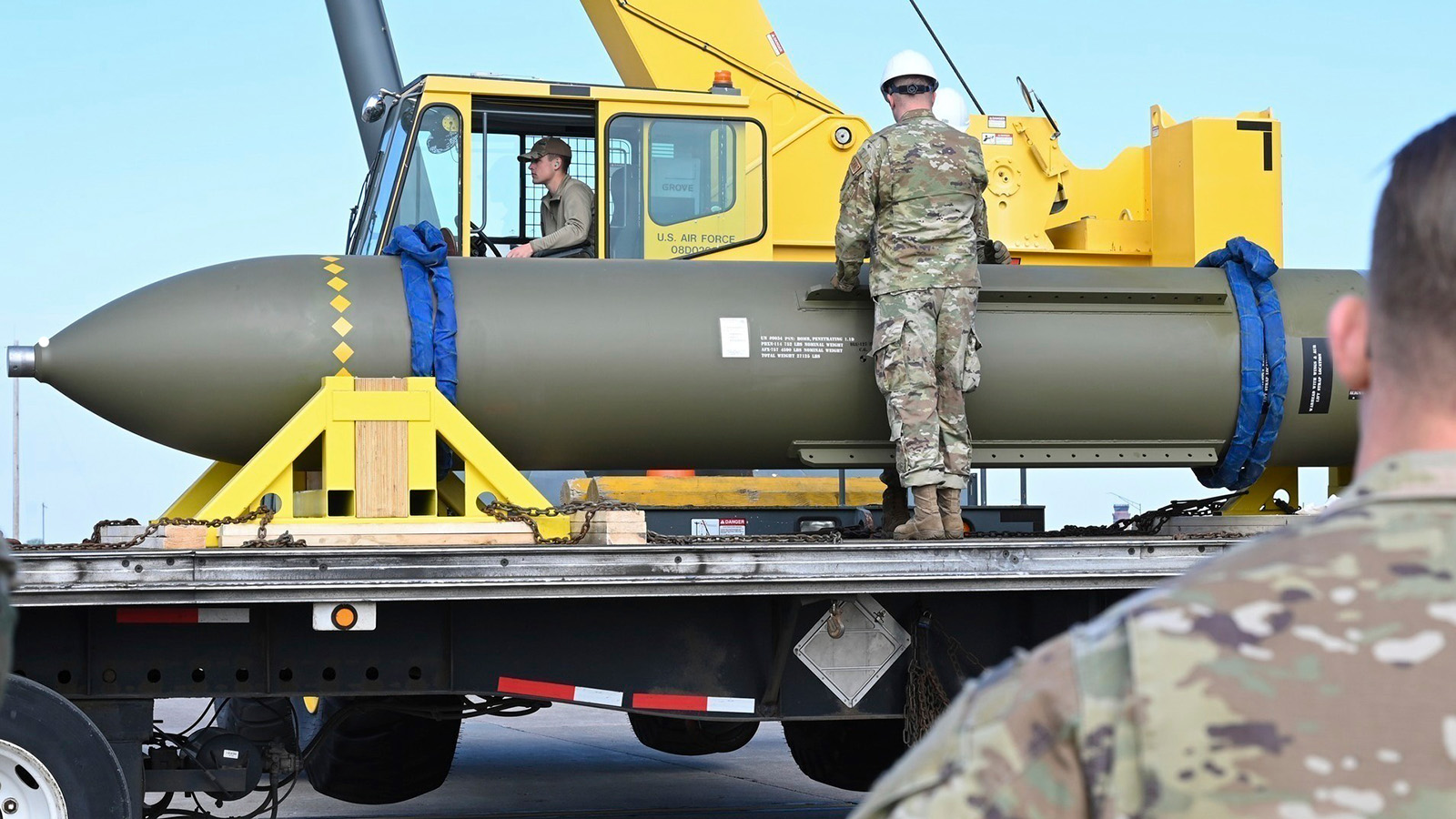
The B-2 stealth bomber is the only US military plane capable of carrying the 6.2m-long (20.5ft) MOP bombs.
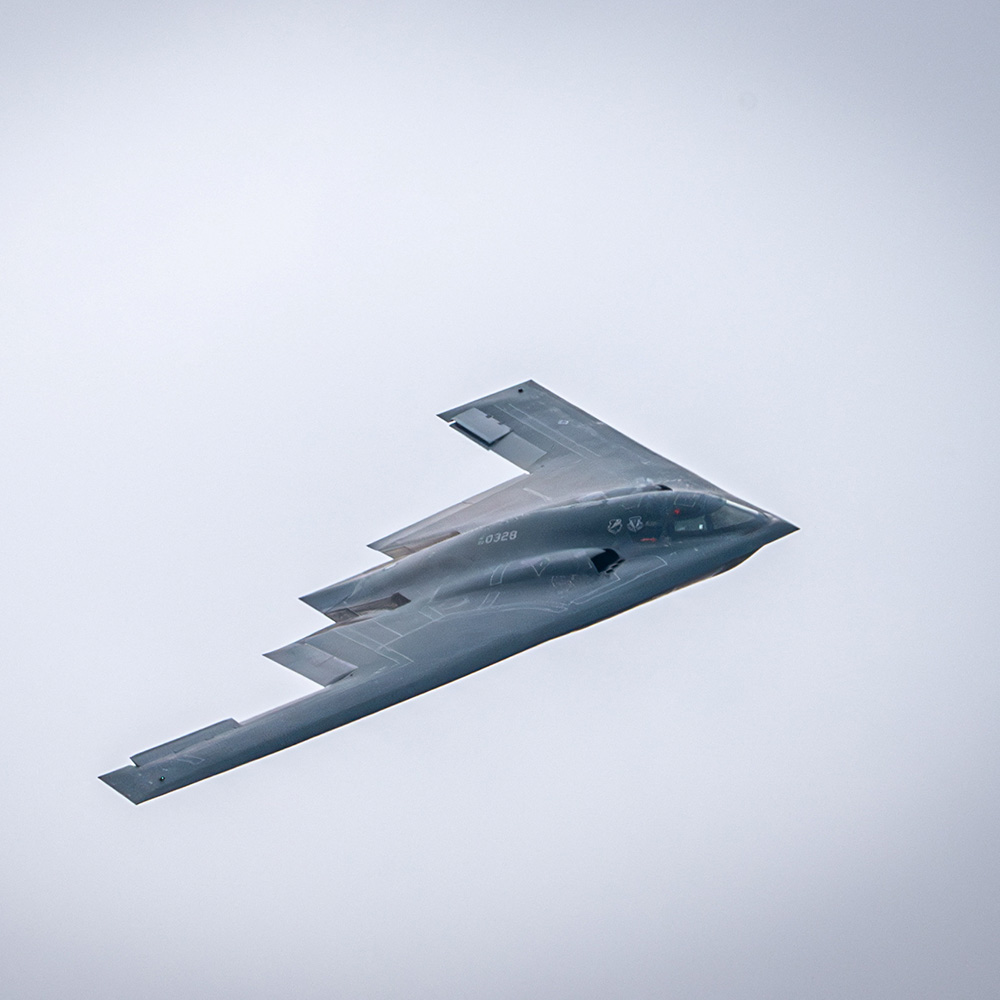
B-2s have a range of about 6,000 nautical miles (9,600km) without refuelling, but they can also be refuelled while in the air.
In the past they have operated out of a limited number of bases, including the US base at Whiteman, Missouri, and the British base in Diego Garcia.
How were the strikes carried out?
President Donald Trump confirmed the US military carried out strikes on three nuclear sites in Iran, including the Fordo facility.
Seven B-2 spirit bombers, each with two crew members, took off from Whiteman Air Force Base at 00:01 EDT (05:01 BST) on Saturday and headed towards Iran, the Pentagon said.
A volley of Tomahawk missile launched from a US submarine stationed in the Arabian Sea hit the Isfahan nuclear site, over 200km away from Fordo.
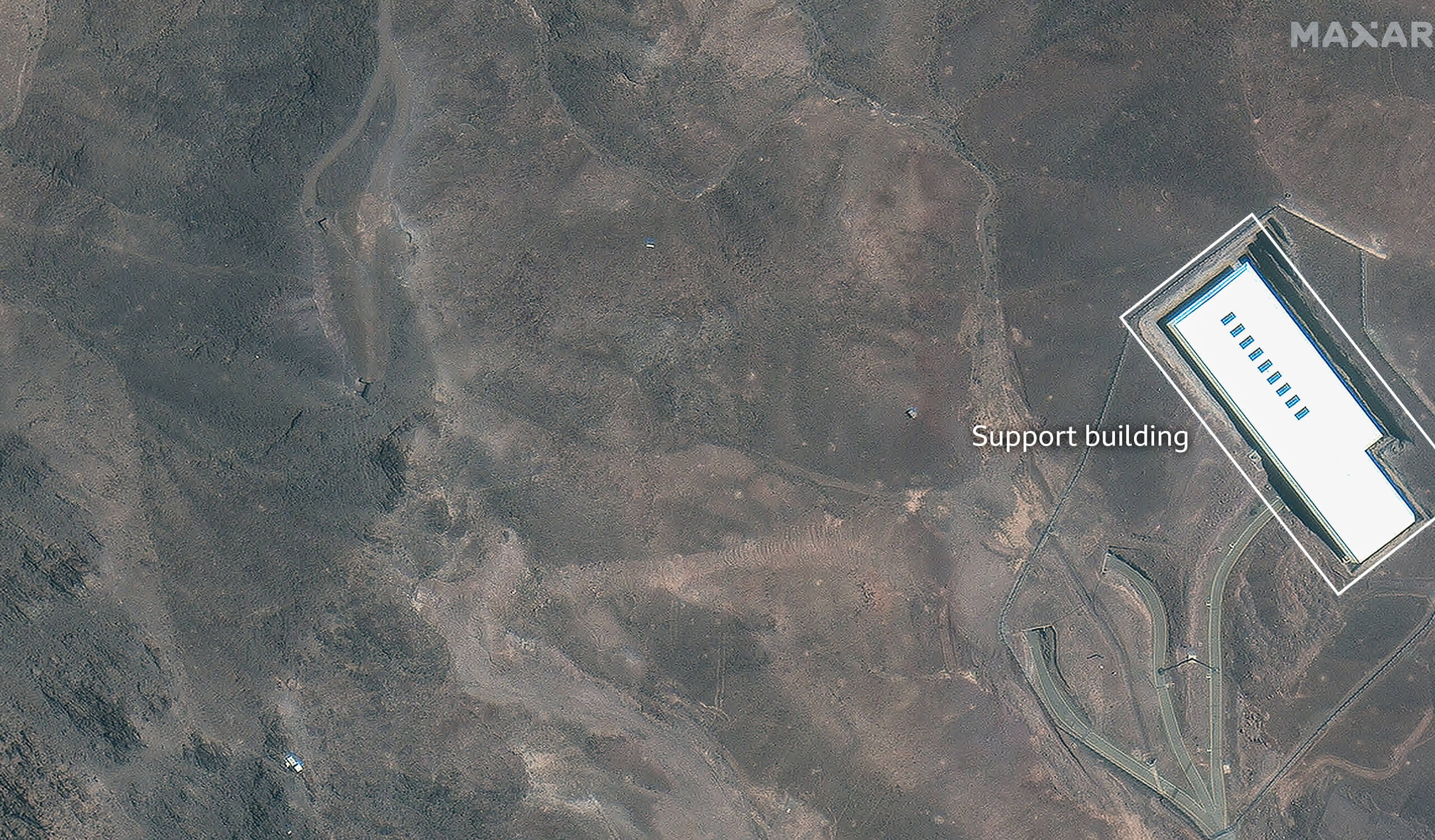
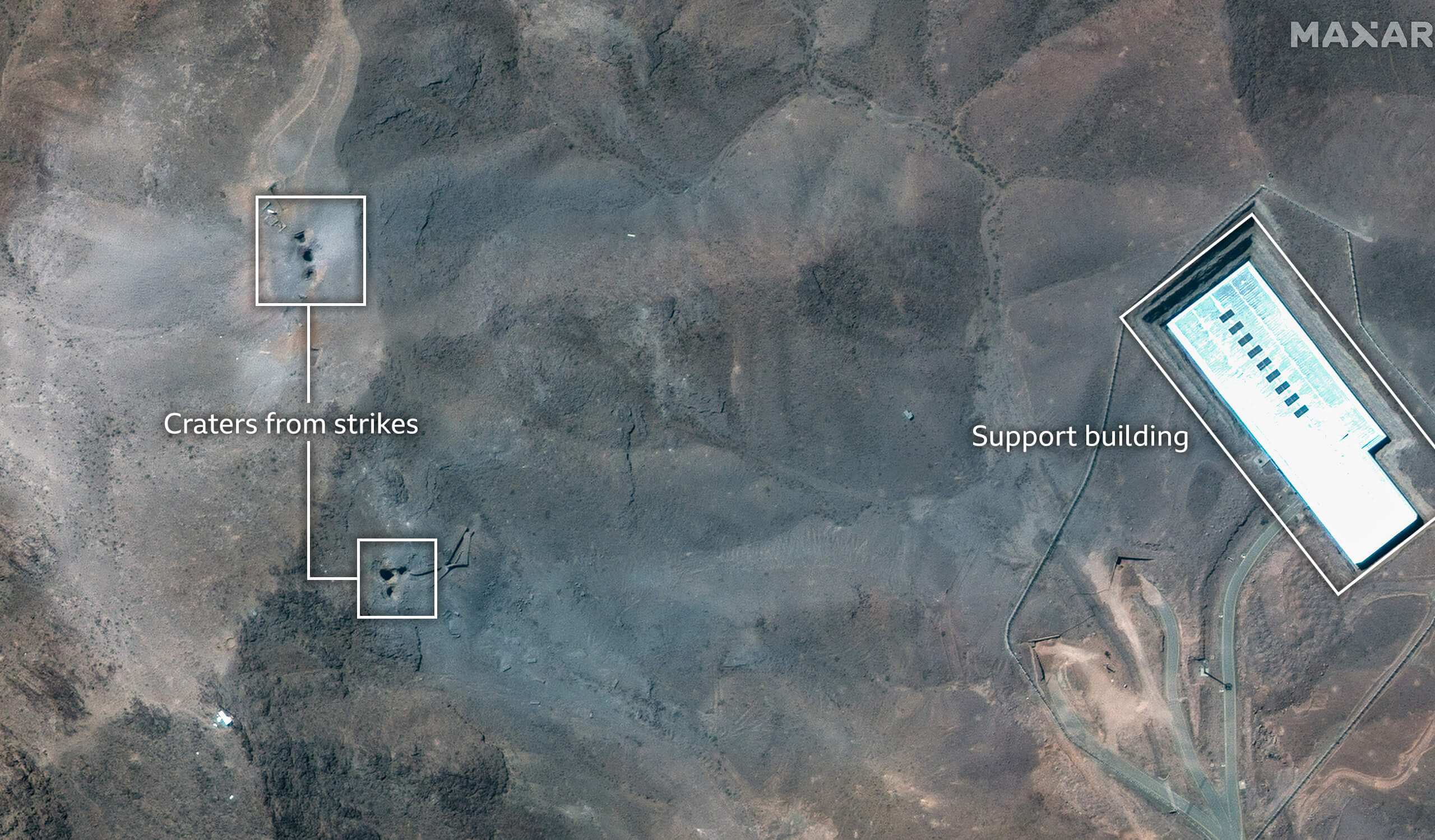
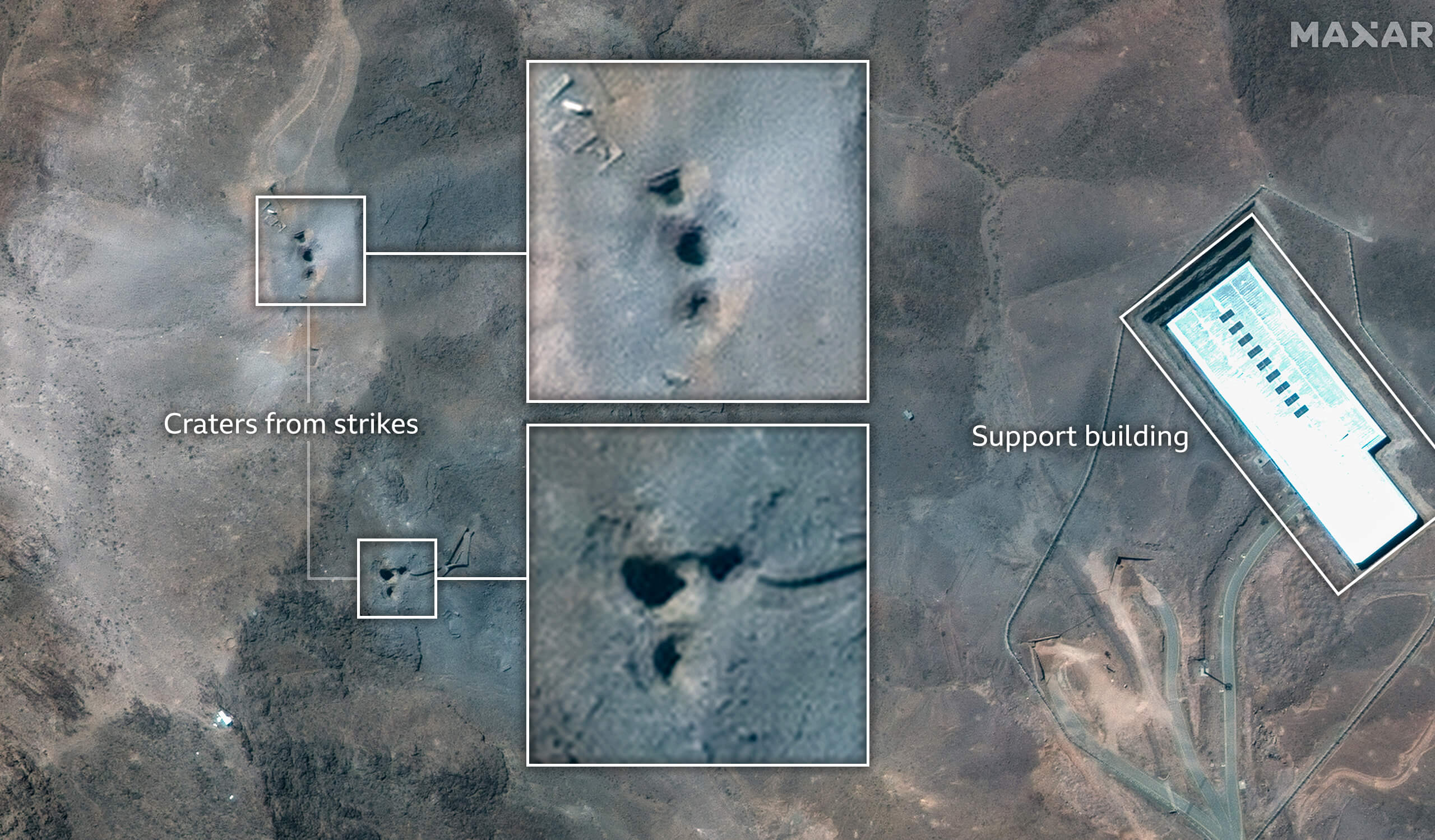
How is the US now involved?
The strikes by the US mark a major escalation in the conflict between Israel and Iran.
In a televised address, Mr Trump described the strikes as "the most difficult of them all by far" and warned that more could follow if peace efforts fail. He said the US remained capable of hitting further targets "with precision, speed and skill".
US officials told the BBC’s US partner CBS News that Washington had contacted Tehran through diplomatic channels before the strikes, making clear that no further attacks were planned and that regime change was not the goal.
Israel says it was in full co-ordination with the US ahead of the assault.
Iran had warned that any American involvement risks expanding the war and has signalled it may now target US forces in the region.
Contributors
Written and produced by Mike Hills, Matt Murphy and Paul Sargeant. Edited by Tom Finn, Bianca Britton and Dan Isaacs. Design by Mesut Ersöz, Matt Faraci, Matt Mitchell-Camp, Kate Gaynor, Louise Hunter, François de Montremy and David Blood.
